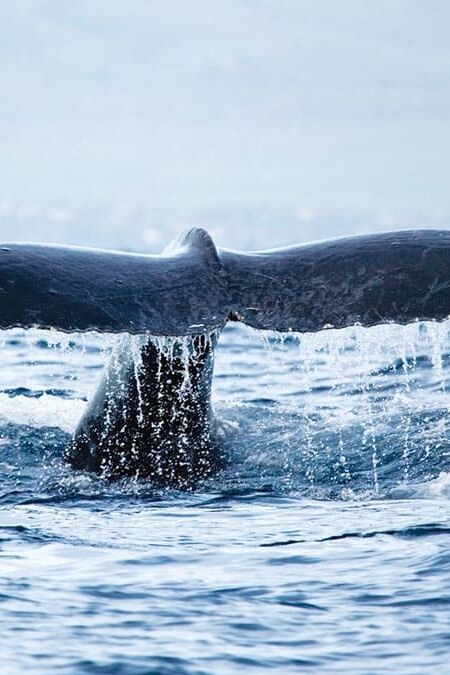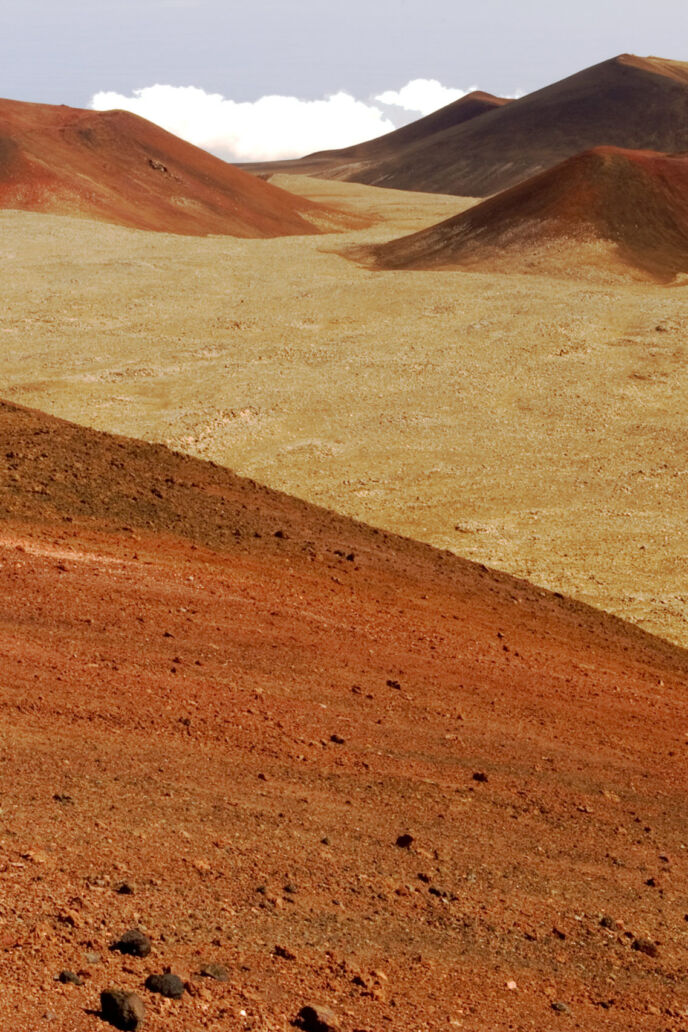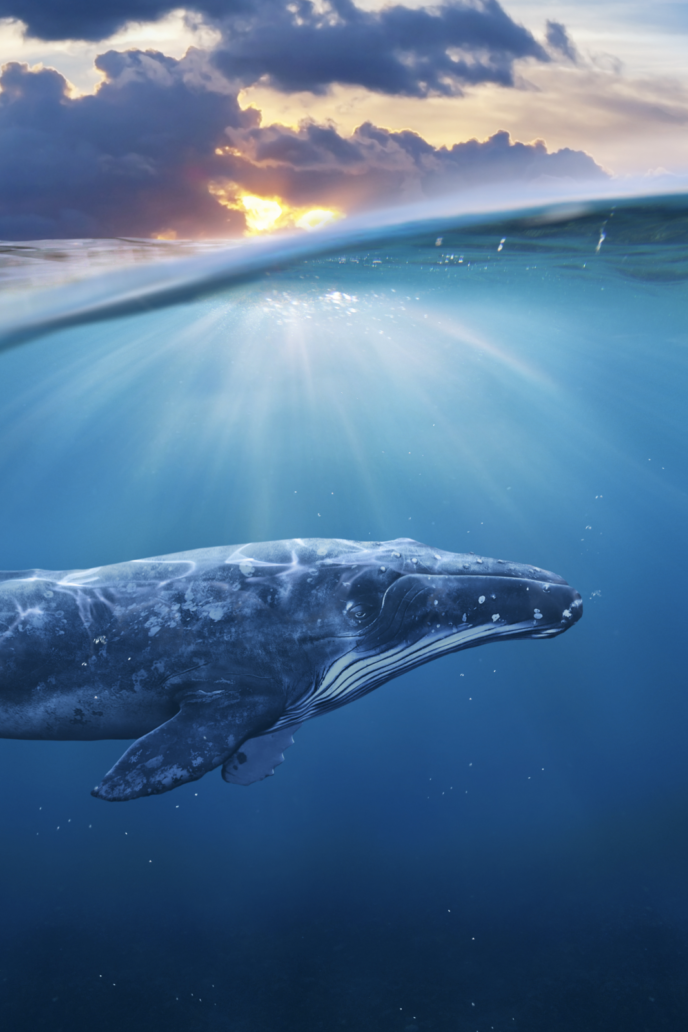Whales, the giants of the ocean, have long fascinated humankind with their majestic size, graceful aquatic ballet, and mellifluous song. These marine mammals are among the most intelligent creatures on Earth, showcasing complex behaviors that hint at a deep awareness and understanding of their environment. Their sheer size is awe-inspiring – in fact, the blue whale is the largest animal ever to have lived, exceeding even the mightiest dinosaurs in size. Yet, despite their colossal stature, whales are remarkably gentle, surviving primarily on tiny krill and small fish. Journey with us as we dive into the world of these magnificent beings. Let’s explore some unique and surprising facts about whales.
10 Fun Facts about Whales
#1: Blue whales hold the title of being the most massive creatures ever to inhabit our planet.
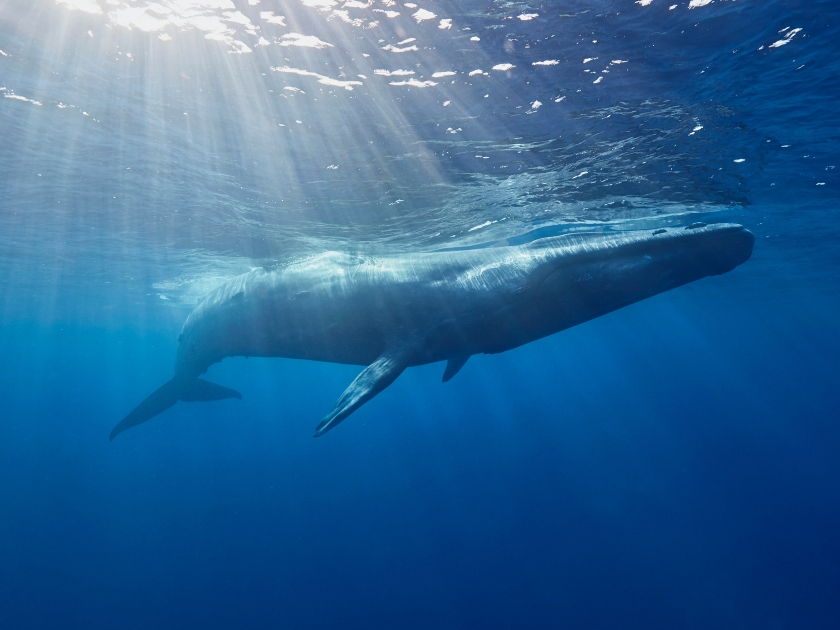
These magnificent marine mammals rule the oceans at a whopping 100 feet long. The blue whale dwarfs even the largest of the dinosaurs. Astonishingly, their tongues alone can weigh as much as an elephant – their hearts, as much as an automobile. Blue whales reach these mind-boggling dimensions on a diet composed nearly exclusively of tiny shrimp-like animals called krill. During certain times of the year, a single adult blue whale consumes about 4 tons of krill a day.
#2: Whales' tails, like fingerprints, are uniquely distinct, with no two being identical.
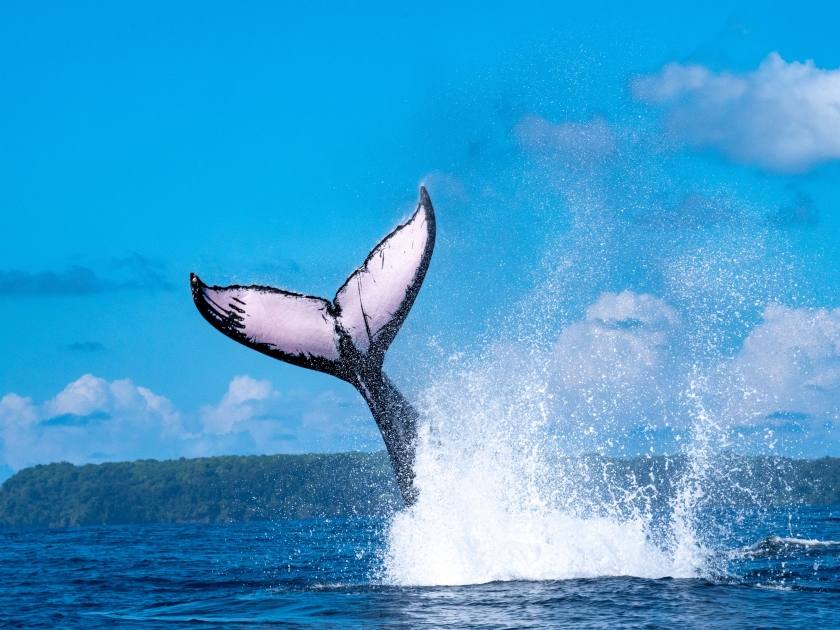
Just as each human’s fingerprint is unique, so too are the tails of whales, which are known as flukes. These flukes, with their distinctive shapes and patterns, are as individual to each whale as a fingerprint is to a human. The slits, grooves, and brown algae spots that adorn their tails are markers accumulated over time, creating a signature that cannot be replicated by any other whale. This natural uniqueness provides researchers with a means to track whale movements and delve into their behavioral patterns. Researchers often use these unique patterns to identify and track individual whales. By solely examining the tail, scientists have successfully identified specific whales, contributing significantly to the understanding of these marine giants.
#3: Whales possess several stomachs.
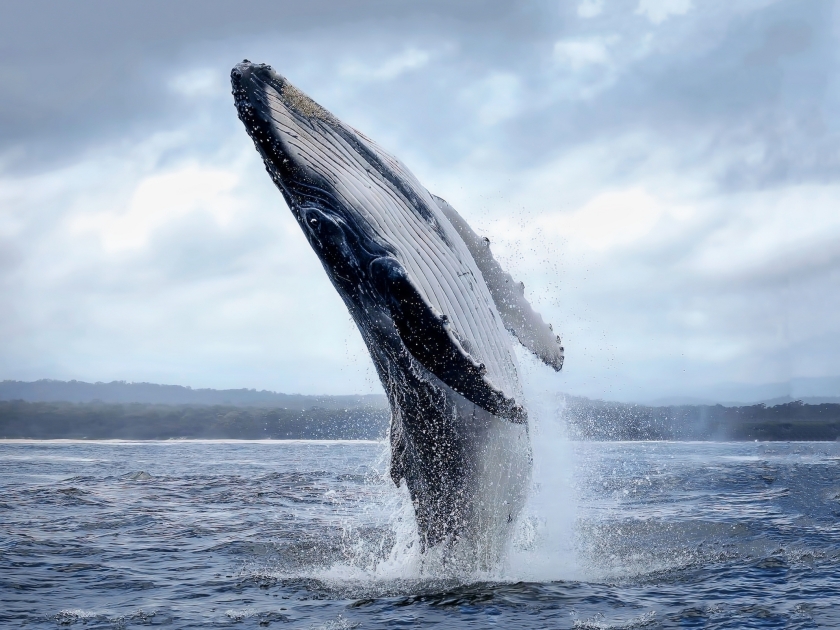
Whales have an intricate digestive system with multiple stomachs. Similar to cows, these marine mammals have a multi-chambered stomach, which aids in breaking down food and extracting nutrients effectively. This fascinating characteristic allows them to consume a large amount of food and process it efficiently, fueling their tremendous size and energy demands. The extra stomachs also serve a dual purpose for female sperm whales, functioning as birthing chambers for their calves. While the concept of multiple stomachs may strike us as peculiar, it stands as yet another testament to the remarkable adaptability and marvel of whales.
#4: Sperm whales make the loudest sound of all whales
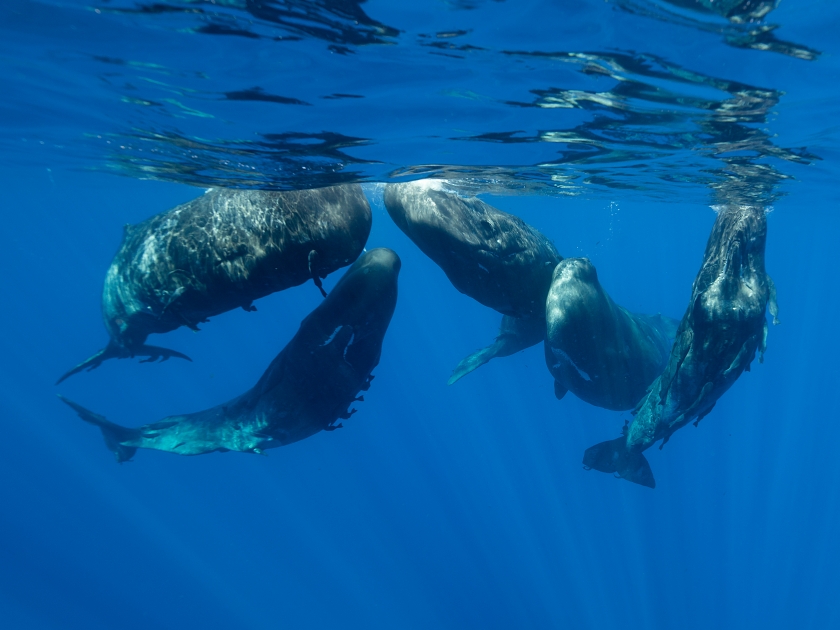
Sperm whales make the loudest sound of all whales. This fascinating creature can produce clicks that reach a mind-boggling 230 decibels, far surpassing the noise level of a jet engine. These sounds not only aid in navigation but also play a vital role in communication among the species.
#5: Orcas, commonly known as killer whales, are, in fact, a type of dolphin.
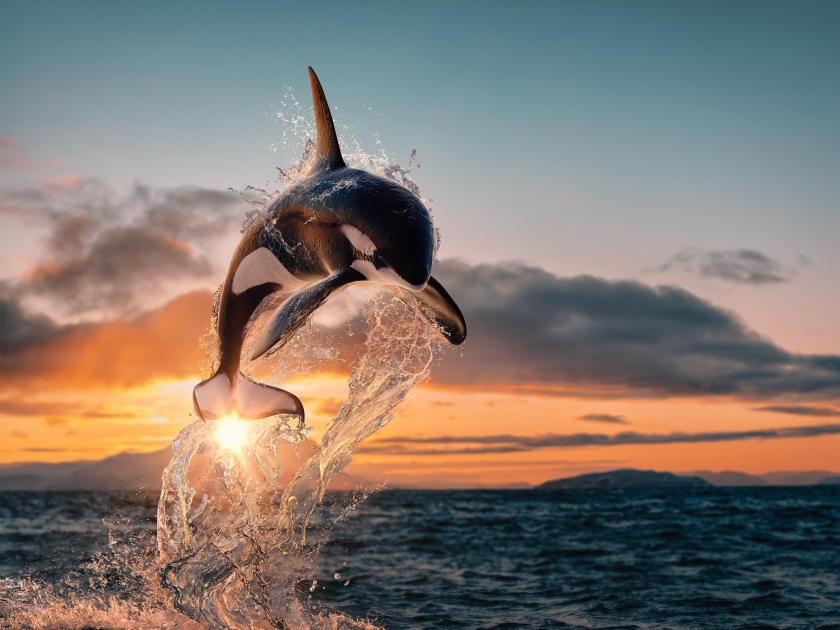
Killer Whales, commonly known for their menacing name and powerful presence, are not whales at all. They belong to the Delphinidae family, making them the largest species of dolphins. Highly intelligent with intricate social structures, they are renowned for their diverse diet, preying on fish, penguins, seabirds, sea turtles, cephalopods, and even marine mammals like seals and whales. Orcas are famous for their cooperative hunting methods, utilizing powerful tails and large teeth. Despite their revered status, they are one of the few dolphin species known to attack and kill humans, earning them the moniker “the wolves of the sea.”
#6: Humans and whales share similarities in their brain structures.
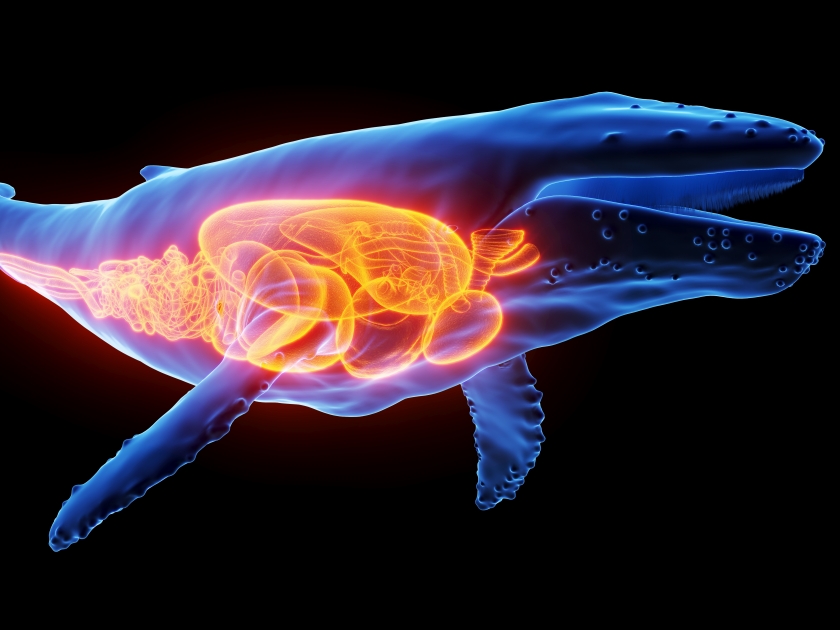
Despite the vast differences in their environments and lifestyles, whales and humans have remarkably similar brains. In a fascinating demonstration of convergent evolution, whales and humans have both developed complex, highly folded brains that are associated with high intelligence and social behavior. It’s a testament to the incredible adaptability and diversity of life on Earth. Notably, whales can solve complex puzzles and problems.
#7: Average whales can endure up to 60 minutes without taking a breath.
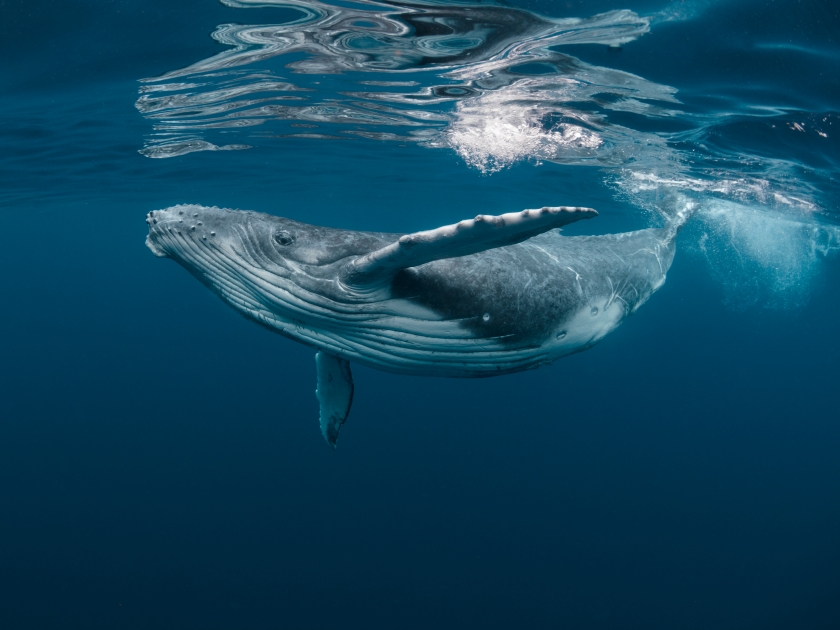
Whales boast an impressive lung capacity, allowing them to stay submerged without breathing for up to 60 minutes. This astonishing feat is possible due to their unique respiratory system, which extracts a far higher percentage of oxygen from each breath compared to humans. It is attributed to their elevated levels of hemoglobin and myoglobin, proteins that store oxygen in their blood and muscles. By reducing their heart rate and temporarily shutting down certain organs, whales can efficiently use oxygen at a slower rate than other creatures, enabling them to endure extended periods underwater. This adaptation proves crucial for deep-sea dives in search of food or to evade potential predators.
#8: Grey whales are “right-handed”.
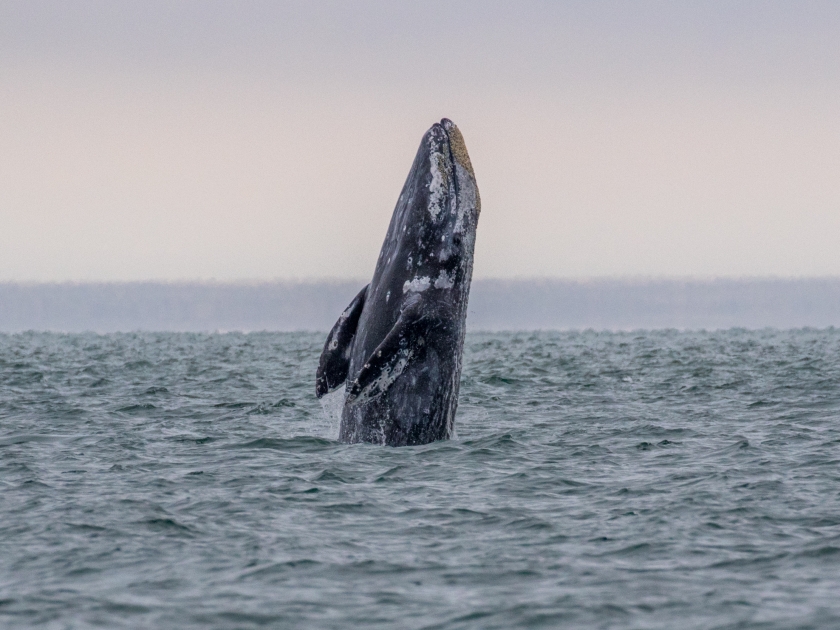
Interestingly, grey whales show a preference for their right side – much like human right-handedness. This behavior is most apparent when they feed, often lying on their right side on the seafloor to scoop up sediments in search of food.
#9: Humpback whales are known for producing highly intricate songs.
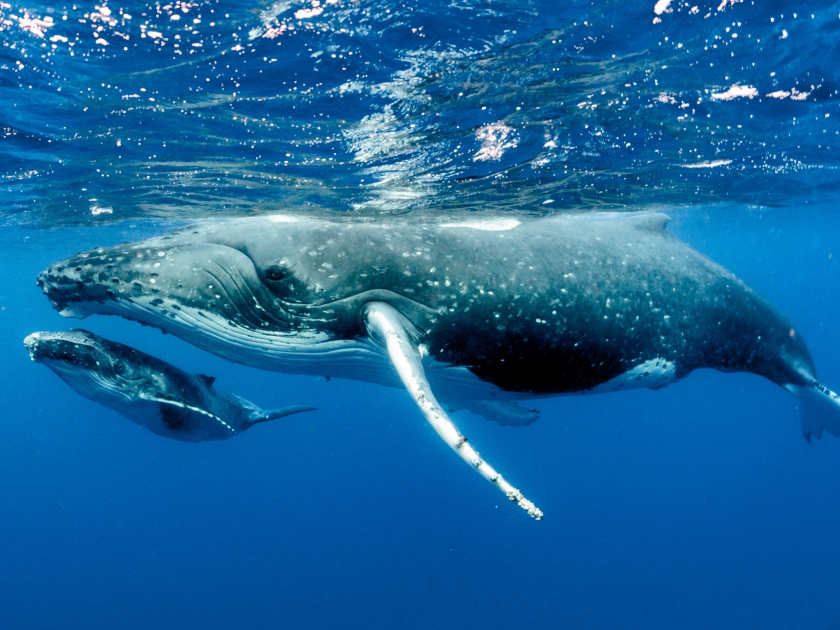
Humpback whales are known to sing extremely complex songs. These songs can continue for hours on end and, fascinatingly, every individual in a group will sing the same song. This is a testament to the deeply social and communicative nature of these marine giants. Each humpback maintains a unique and distinctive style of song.
#10: Whale “vomit” is utilized in the production of perfumes.
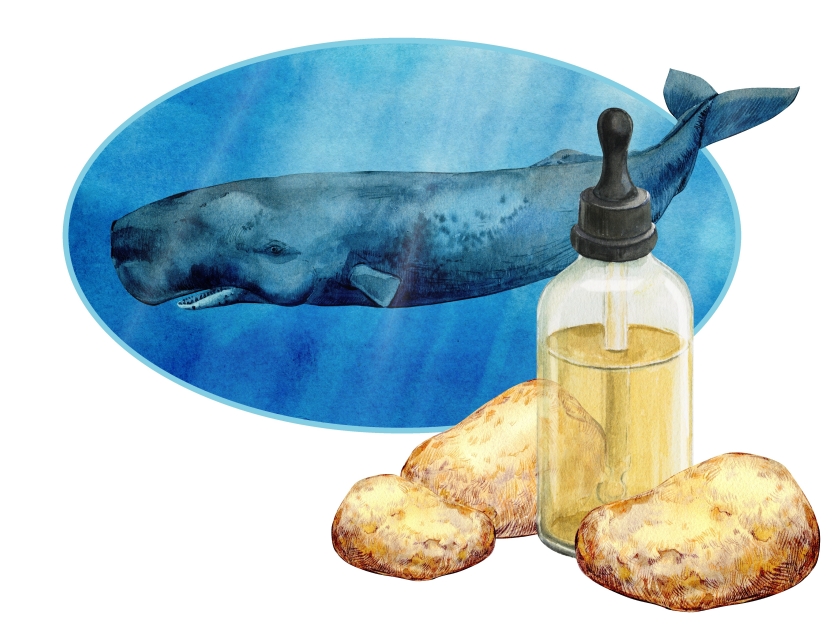
Luxurious perfumes often contain an unexpected ingredient – whale poop, known as ambergris, sourced from the digestive tracts of sperm whales. Despite its unappealing origin, ambergris, sometimes referred to as “whale vomit,” possesses a prized musky, earthy scent highly valued by perfume makers. With a market value of up to $20 per gram, this substance has been utilized for centuries as a fixative in creating high-end fragrances. Some of the most expensive perfumes, like Creed’s Royal Water, fetching over $11,000 at auctions, boast high concentrations of ambergris. Originating as a protective coating for indigestible squid beaks and pens, ambergris forms inside the whale’s intestines and is released into the sea after the whale’s demise, acquiring a white coating with oxidization. Interestingly, the lighter the color of ambergris, the sweeter its fragrance.
The More We Learn about Whales, the More We Realize How Much they Teach us about the Ocean
These incredible facts about whales underscore the importance of conservation efforts for these magnificent creatures. From their unique contributions to the ecosystem to their astounding underwater capabilities, whales continue to fascinate and surprise us. However, their survival is under threat due to human activities. Conserving whales is not just about preserving these fascinating creatures; it’s also about maintaining the balance of marine ecosystems where they play a vital role. The future of whales profoundly affects us, and our actions today will determine their survival – and, indirectly, our own. Let’s commit to a world where whales continue to thrive, contribute to our ecosystems, and amaze us with their uniqueness. For those seeking a deeper understanding of whales and their ecosystems, [check out this article.]


